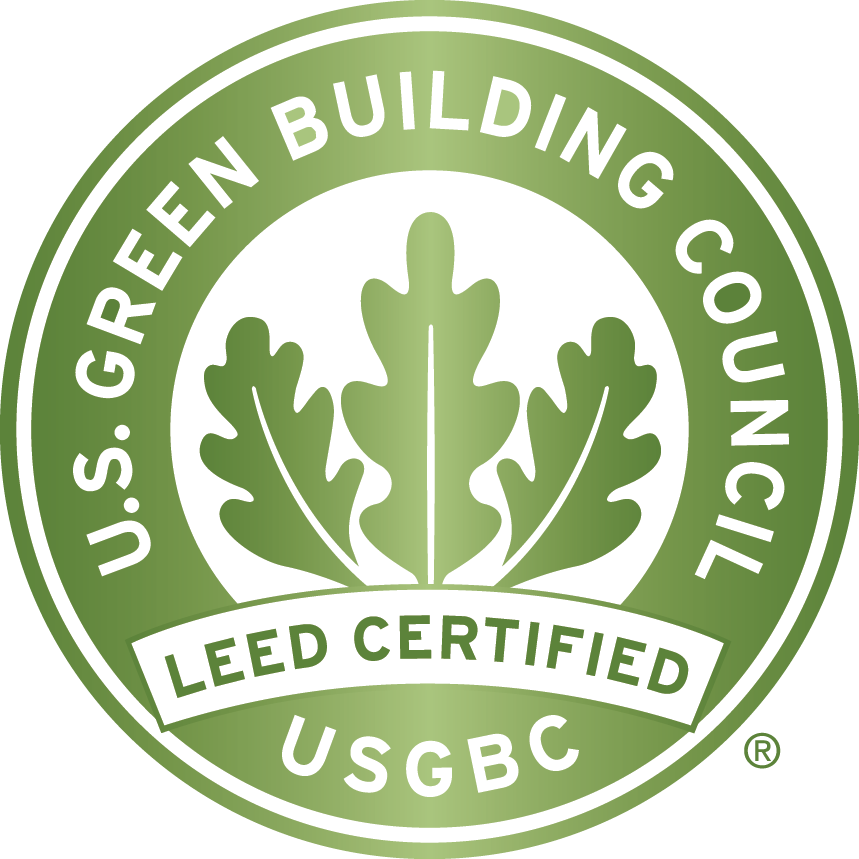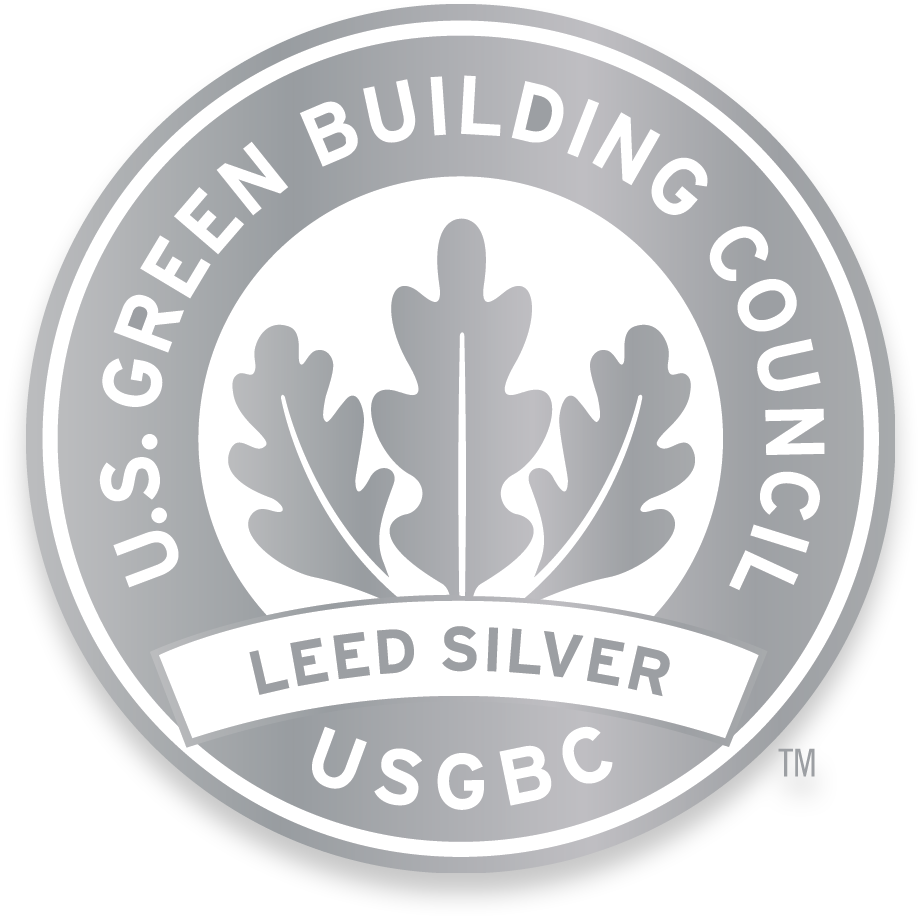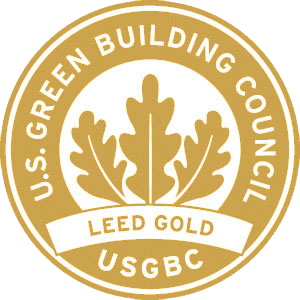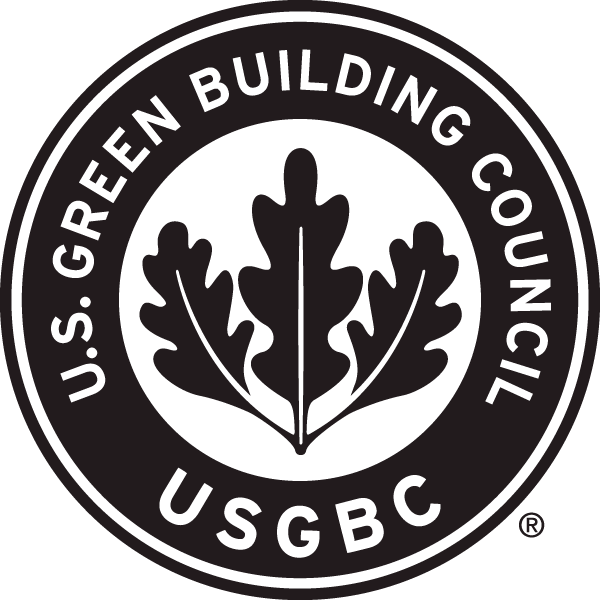LEED Certification: The Green Design Concept of LEED Certified Buildings
When working on a LEED registered construction project or renovation, it is important to maximize your points within each of the LEED credit categories. As you know, the purpose of LEED certification is to identify that the design and construction of a building is energy efficient, water-efficient, and is following sustainable waste-reducing practices. LEED organizes these points into seven credit categories:
Energy & Atmosphere
This measures a building’s energy production to ensure it reduces the need for electricity. LEED rewards buildings that optimize sustainable energy practices, as well as renewable energy sources, like solar panels.
Recommended Products
Sustainable Sites
LEED awards points by measuring a site location and making sure it is in a green open space with light pollution, and access to public transportation.
Water Conservation
LEED awards points for the reduction of indoor and outdoor water used in toilets, as well as the re-use of grey water.
Materials & Resources
Indoor Environmental Quality
This category ensures the use of natural lighting and efficient HVAC systems. LEED awards points for lighting, temperature, ventilation, reduced indoor pollution, and the amount of natural lighting in a home or commercial building.
Innovation in Design
LEED awards points for buildings with innovative and sustainable strategies, like the reduction of site disturbance, and vegetative & animal preservation.
Location & Transportation
LEED awards points to buildings that have optimized access to public transportation and green vehicles.
What Are the Levels of LEED Certification for a Building?
By following the standards of the LEED certification process, a building can receive 1 of 4 levels of certification: Certified (40-49 points), Silver (50-59 points), Gold (60-79 points), or Platinum (80-110 points). Each level can be achieved by scoring high in each credit category. The maximum amount of points a building project can receive is 110 points (or LEED Platinum).
| Certification Levels | Points Required |
 |
40-49 |
 |
50-59 |
 |
60-79 |
 |
80-110 |
Recommended Reading
Score high on your next project with a few tips! See how you can improve on water efficiency, innovation of design, energy and atmosphere, sustainable sites, and many more categories.
LEED certification provides assurance in a building’s air quality, water efficiency, waste reduction, and other sustainable practices. Additionally, LEED certification provides a stamp of quality for a greater return on your investment.
LEED rates buildings on their energy-efficiency, water efficiency, waste reduction, and other sustainable practices. Many industrial and commercial buildings throughout Georgia qualified for LEED certification.
Recommended Products
Receive special deals and more, right to your inbox
Receive special deals and more, right to your inbox








